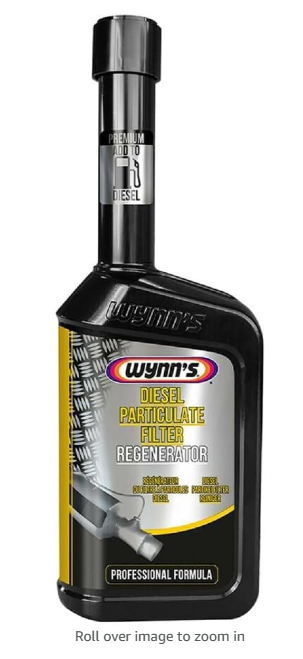Driving through floods or deep puddles might seem like a harmless action, especially when you’re in a rush or see no alternate route. However, this decision can have serious, even catastrophic, consequences. This article delves into why it’s critical to avoid driving through flooded areas or deep puddles, underscoring the risks to personal safety, vehicle damage, and broader implications.
Risks to Personal Safety
1. Water-Induced Engine Stalls
- Driving through water can cause your engine to stall. Water entering the engine’s air intake or electrical system leads to malfunction, leaving you stranded in potentially dangerous situations.
2. Loss of Control
- Water reduces tire traction, increasing the risk of skidding or losing control. This is particularly hazardous in fast-moving water, where the flow can shift a vehicle off the road or into other lanes.
3. Hidden Road Hazards
- Floodwaters can conceal potholes, debris, or road damage, posing a serious threat to vehicles and passengers. The lack of visibility makes it difficult to navigate safely.
4. Risk of Hydroplaning
- Even shallow water can cause hydroplaning, where tires lose contact with the road surface, leading to a loss of control.
Damage
Driving through deep water can severely damage a car’s engine, often leading to costly repairs or even necessitating a complete replacement. Here’s how such damage can occur:
1. Hydrostatic Lock
- Mechanism: When water is ingested into the engine’s cylinders, it can cause a condition known as hydrostatic lock. Unlike air, water is incompressible. When an engine’s piston attempts to compress water, it can lead to severe mechanical failure. Commonly, this results in bent or broken connecting rods, damaged pistons, or even cracked engine blocks.
- Consequence: Repairing hydrostatic lock typically involves significant work, including dismantling the engine, which can be prohibitively expensive.
2. Electrical System Failure
- Mechanism: Modern engines are heavily reliant on electronic control systems. Water can short-circuit these sensitive electronic components, such as the engine control unit (ECU), sensors, and wiring harnesses.
- Consequence: Electrical damage can lead to erratic engine behavior, loss of functionality, or complete engine shutdown. Repairing or replacing these components can be complex and expensive.
3. Corrosion and Contamination
- Mechanism: When water, especially if it is salty or contaminated, enters the engine, it can cause internal corrosion over time. Additionally, water can contaminate the engine oil and other lubricants, diminishing their effectiveness.
- Consequence: Corrosion and contamination can lead to increased wear and tear, reduced engine efficiency, and ultimately, engine failure.
4. Air Intake Damage
- Mechanism: Most engines draw in air from close to the ground, and driving through deep water can cause water to be sucked into the air intake. This water can then enter the cylinders, leading to the aforementioned hydrostatic lock.
- Consequence: The engine can suffer from reduced performance or complete failure, requiring expensive repairs.
5. Exhaust System Back Pressure
- Mechanism: If the exhaust pipe is submerged, water can enter the exhaust system. This creates back pressure, making it hard for the engine to expel exhaust gases.
- Consequence: Increased back pressure can lead to engine damage, reduced performance, and potential failure of the exhaust system components.
Driving through deep water is a risky endeavor that can lead to extensive engine damage. It’s always advisable to avoid flooded areas or deep puddles to protect your vehicle’s engine and avoid expensive repairs. In cases where water ingestion is suspected, it’s crucial to turn off the engine immediately and seek professional assistance, as attempting to start or run the engine can exacerbate the damage.
Environmental and Legal Implications
1. Pollution
- Vehicles stranded or damaged in floodwaters can leak oil, fuel, and other chemicals, contributing to environmental pollution.
2. Legal and Insurance Issues
- Many insurance policies do not cover damage caused by driving through floods. Additionally, in some jurisdictions, drivers can be fined for ignoring road closure signs or creating wake in flooded residential areas.
Our advice… just don’t take the chance
The decision to drive through a flood or a deep puddle is fraught with danger. It poses risks not only to the driver and passengers but also to the vehicle, and it has broader environmental and legal implications. The immediate convenience of taking a flooded route is far outweighed by the potential for harm and the long-term costs. It is always advisable to seek alternative routes or wait until the water recedes. Remember, the depth and flow of floodwater can be deceptive, and it’s better to be safe than sorry.
Let’s hear from you
Have you damaged your car by driving through deep water? What was the damage and how much did it cost to fix? Let us know in the comments below




